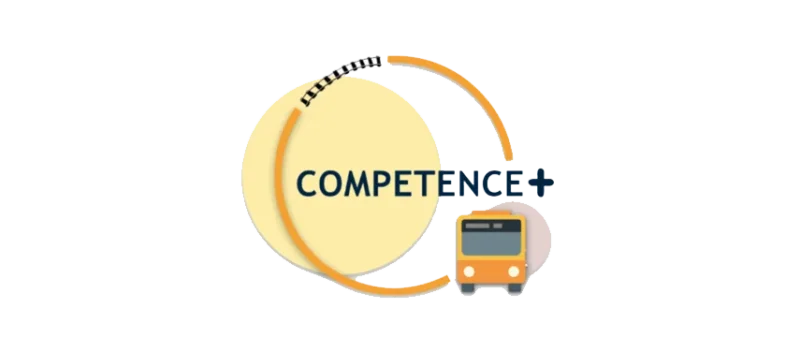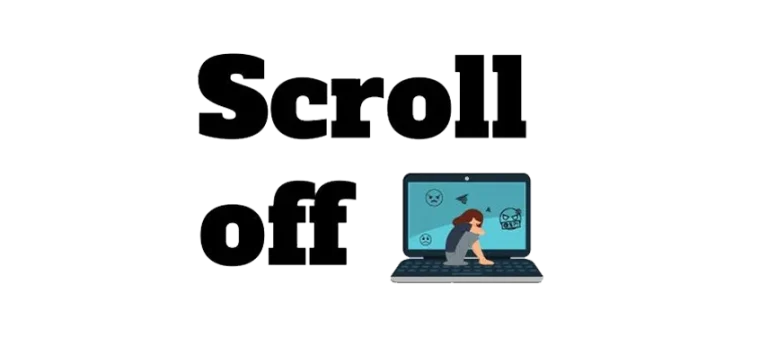
IDEAL
Immersive VR As A Tool To Help Individuals With Autism Deal With Change
Autism is a lifelong developmental disability. It is a spectrum condition also referred to as an autism spectrum disorder (ASD). The word ‘spectrum’ is used because while all ASD people share three main areas of difficulty (social communication, social interaction, flexibility of thought), the condition affects people in very different ways (Bellani et al., 2011). Some can live relatively independent lives, while others will require a lifetime of specialist support.
Today, between 1 in 100 individuals are diagnosed with autism, amounting to around 3.3 million people with autism in the EU (Autism-Europe, 2009). Obsessions, repetitive behavior and routines can be a source of enjoyment for people with ASD and a way of coping with everyday life. Therefore, even a slight change in those routines could cause distress or anxiety to the ASD individual.
Many intervention strategies have been researched through the years to help individuals with autism in daily life to increase their ability to perform daily-life activities. Among recent interventions is immersive Virtual Reality (VR), a simulation of the real world based on computer graphics, which is considered a promising tool for helping individuals with autism deal with their daily routines and alleviate their fears and phobias by offering them a safe environment for learning (Parsons et al., 2009; Holden, 2005). The Virtual Environments (VEs) created by VR simulate the real world and give experiences to ASD individuals to help them understand concepts as well as learn to perform specific tasks, which can be repeated as often as required (Chittaro & Ranon, 2007).
Project Objectives
Considering how much distress a slight change in the routine can cause to an individual with ASD and how research is increasingly recognizing the potential benefits of VR in supporting the learning process, particularly related to life skills development, in individuals with autism (Strickland et al., 1996; Strickland, 1997; Parsons et al., 2002; Goodwin, 2008; Ehrlich & Miller, 2009), we propose a project with ASD adults as target groups, with the following objectives:
• To conduct desk research to review previous research findings and gain a broad understanding of the contribution of immersive VR technology in ASD individuals’ life skills development.
• To design, test and publish an innovative immersive VR technology/game as a tool to help individuals with ASD to acquire and develop the skills and key competences to deal with change in their daily life and routine
• To conduct field research to investigate whether immersive VR technology helps individuals with ASD effectively deal with changes in their daily routine. The research results will add an extra rung to the already existing knowledge on the potential value of immersive VR technology in supporting the development of life skills of individuals with ASD, by providing new data and information focused on the contribution of simulated environments to minimise their stress and anxiety levels in their efforts to deal with changes in daily routine.
| Organization Name | Country |
|---|---|
| AALBORG UNIVERSITET | Denmark |
| LUSOFONA UNI | Portugal |
| DRUSTVO ZA PODRSKU OSOBAMA SA AUTIZMOM GRADA NOVOG SADA | Serbia |
| STANDO LTD | Cyprus |
| SVETOVALNICA ZA AVTIZEM | Slovenia |
Disclaimer: This project has been funded with support from the European Commission. This publication reflects the views only of the author, and the Commission cannot be held responsible for any use which may be made of the information contained here.







